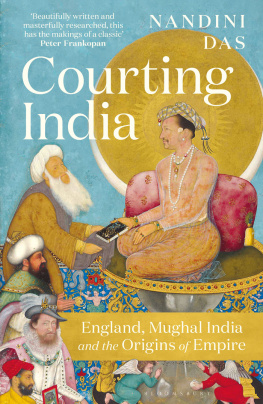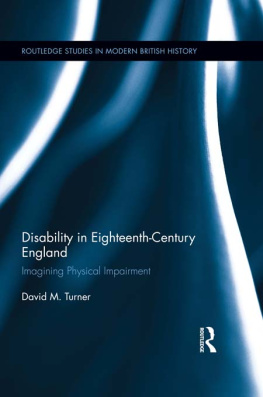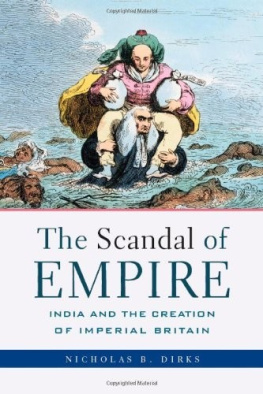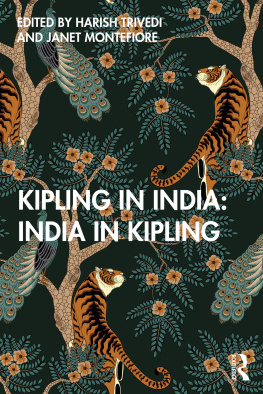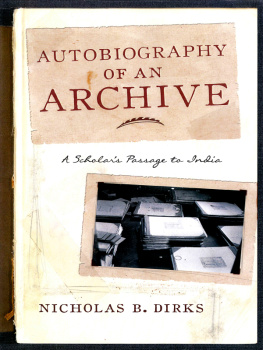
Who Was William Hickey?
This book analyzes an example of life-writing, an autobiography that was written in the early nineteenth century and will appeal to readers of many disciplines who are interested in understanding the interconnectedness of memory, textual narrative and ideas of selfhood. Moreover, this book reasserts the importance of the individual in history. It explains how personal narratives reveal the individual as a purposeful social actor pursuing particular objectives but framed by cultural and social contexts, in this case by eighteenth-century London and Imperial India. The author of this autobiography, William Hickey, projects a sense of self formed by a combination of an interiorized self-consciousness (an awareness of himself as an autonomous individual, although not one prone to deep self-reflection) and a socially turned self-fashioning. Like so many autobiographers of his time, Hickeys self is realized through the production of a narrative, his self fixed and defined through the act of writing. As he wrote his memoirs, Hickey was engaged in purposeful textual representation to satisfy his perceived sense of place in that culture (above all, as a gentleman) while tacitly reflecting the constraints of that culture imposed upon the form and content of the text.
James R. Farr is the Germaine Seelye Oesterle Professor of History at Purdue University. He has published widely in early modern European history, notably Artisans in Europe, 13001914, A Tale of Two Murders: Passion and Power in Seventeenth Century France, and The Work of France: Labor and Culture in the Early Modern Era, 13001800.
Routledge Studies in Cultural History
The Greening of the City
Urban Parks and Public Leisure, 18401939
Carole A. OReilly
Aboriginal Protection and Its Intermediaries in Britains Antipodean Colonies
Edited by Samuel Furphy and Amanda Nettelbeck
Revolutionary Ukraine, 19172017
Historys Flashpoints and Todays Memory Wars
Myroslav Shkandrij
Post-Soviet Nostalgia
Confronting the Empires Legacies
Edited by Otto Boele, Boris Noordenbos and Ksenia Robbe
Musical Culture and the Spirit of Irish Nationalism, 18481972
Richard Parfitt
Who Was William Hickey?
A Crafted Life in Georgian England and Imperial India
James R. Farr
Print Culture and the Formation of the Anarchist Movement in Spain, 18901915
James Michael Yeoman
Reform, Revolution and Crisis in Europe
Landmarks in History, Memory and Thought
Edited by Bronwyn Winter and Cat Moir
For more information about this series, please visit: https://www.routledge.com/Routledge-Studies-in-Cultural-History/book-series/SE0367
First published 2020
by Routledge
52 Vanderbilt Avenue, New York, NY 10017
and by Routledge
2 Park Square, Milton Park, Abingdon, Oxon, OX14 4RN
Routledge is an imprint of the Taylor & Francis Group, an informa business
2020 Taylor & Francis
The right of James R. Farr to be identified as author of this work has been asserted by him in accordance with sections 77 and 78 of the Copyright, Designs and Patents Act 1988.
All rights reserved. No part of this book may be reprinted or reproduced or utilised in any form or by any electronic, mechanical, or other means, now known or hereafter invented, including photocopying and recording, or in any information storage or retrieval system, without permission in writing from the publishers.
Trademark notice: Product or corporate names may be trademarks or registered trademarks, and are used only for identification and explanation without intent to infringe.
Library of Congress Cataloging-in-Publication Data
A catalog record for this book has been requested
ISBN: 978-0-367-33119-1 (hbk)
ISBN: 978-0-429-31805-4 (ebk)
Typeset in Sabon
by Apex Covantage, LLC
For Danielle
Contents
PART I
A Life Remembered
PART II
Identities Constructed
Guide
As so often happens with historians, it all started with a text. In my case, it was the Memoirs of William Hickey . I came upon the text indirectly, hoping to mine it for information about Charles Lord Cornwallis while he was governor-general of Bengal in the late eighteenth century. Scholars have known of Hickeys text for over a century (it was written between 1809 and 1813 and was published for the first time in four volumes between 1913 and 1925), and they have amply cited it as a source of information of the British experience in India where Hickey worked as an attorney at the Supreme Court in Calcutta for 30 years. Most scholars assume his information to be more or less accurate. As I read the text, however, more and more I found myself asking Clifford Geertzs famous query when encountering practices of a foreign culture, What the devil is going on here? I was struck by Hickeys insistence on presenting a particular persona to his readers, and I wanted to probe why he would craft his autobiography in such a deliberate way to satisfy his objective. This quickly took me down the road of scholarly literature on the fashioning of autobiography in general and how, through memory and narrative, authors construct an identity that they assume can be presented in a text.
Eventually, I found myself analyzing this fascinating text not simply as a vast storehouse of information about Georgian England and Imperial Indiaalthough it is certainly thatbut more significantly for my purposes as a way to reassert the importance of the individual in history and to demonstrate how analysis of personal narratives can reveal the individual as a purposeful social actor without losing sight of constitutive cultural and social contexts. Along the way, I have addressed new questions about selfhood as individuals articulate and practice it. Hickey, as I hope to have shown in this book, reveals himself in his autobiography as both a subjectan autonomous individual actor with a unique storyand a witness to a particular time, place and culture. He is engaged simultaneously in purposeful and deliberate textual representation to satisfy his perceived sense of place in that culture while tacitly reflecting the constraints of that culture imposed upon the form and content of his text.
My professional career as a historian began as a scholar of social history, and I trust I have not lost sight of its importance in my writing of this book, but tackling an ego-document like this one (as historians now are comfortable describing life-writing texts) has raised new analytical and theoretical challenges for me. I have been immensely aided in working through them by friends and colleagues. At the early stages of this work, I was helped greatly by Craig Bailey of Villanova University, who was just completing an important book on the Irish in London in the eighteenth century and knew a great deal about William Hickey and about sources I should consult. My colleague at Purdue University, John Lauritz Larson, has walked with me every step of the way as I developed as a historian throughout my career, and I especially thank him for carefully and critically reading the manuscript and for his insights about how it might be improved. Another friend and colleague of many years, the renowned Renaissance historian Guido Ruggiero of the University of Miami, has also read and commented on the entire manuscript. He and I share a growing interest in life-writing in the early modern European period, and his careful reading and incisive suggestions for improvement have made this book, whatever its shortcomings, far better than it would have been without his help. Elliott Gorn of the University of Loyola, Chicago, brought a perspective to his reading of my manuscript that was both refreshing and challenging and pushed my crafting of it into initially unforeseen directions. And, finally, I thank my colleague at Purdue University, Randy Roberts, for the many conversations we have had about Hickey and for his suggestion of the books title.


